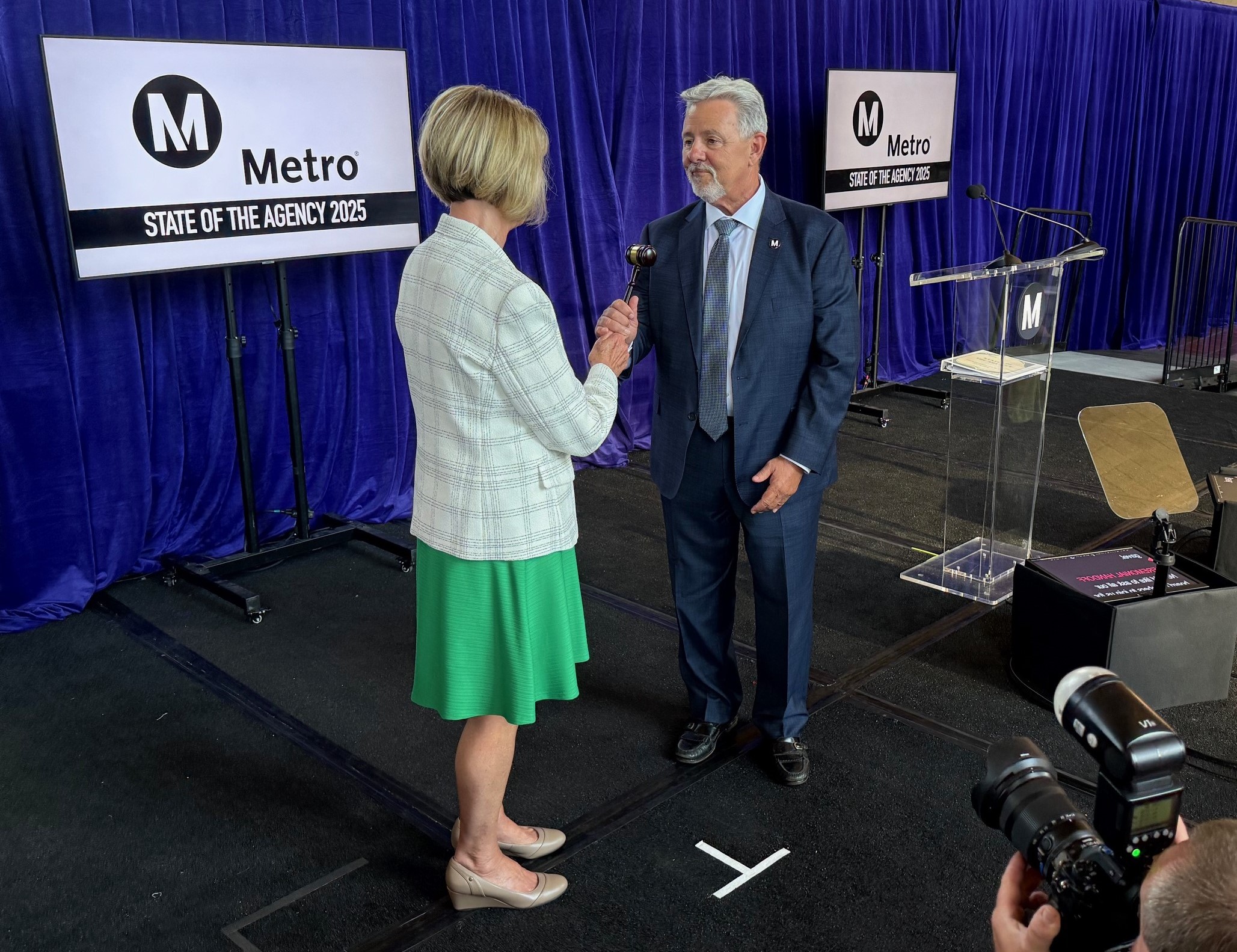
It's number one in the nation in per-capita transit spending. The only city in the country building light rail, bus rapid transit, streetcars and commuter rail at the same time. And that city -- Salt Lake City -- is a town of just over 180,000 in a remote setting in a red state.
It's a remarkable story that began in the 1990s, when an organization called Envision Utah facilitated a regional visioning process and created a plan that has been recognized as one of the most promising smart growth models in the nation.
There's a lesson here for other cities. In 1997, leaders in a 10-county region centered on Salt Lake County set out to see what people valued about where they lived. They designed a plan around those values, with a communications campaign to support it. At that time, the state was expected to grow by a million people by 2020. Rather than cede that growth to meandering sprawl, the region chose something more orderly and compact.
"At that point, to many Utahns, 'smart growth' was not a popular word," said Robert Grow, Envision Utah's president and CEO. "We made people some promises. We’d save a lot of time, money, lower emissions, improve air quality, develop more housing choices, and build a transportation system with greater efficiency."
The organization interviewed 150 key stakeholders -- elected officials, activists, heads of major institutions. And they surveyed some 20,000 Utahns about their hopes and wishes. Leaders even engaged in an effort at "value mapping," to get a sense for local priorities and deeply held beliefs as they related to land use and transportation.
Project leaders discovered Utahns liked the idea of transit more than they expected. The Envision Utah effort began shortly after the first light rail track was laid in the city, which had been controversial. But polling showed 88 percent of residents favored expanding the system.
"There wasn’t much energy to go beyond that [first line] until this public effort about how we could build a real system," Grow said at a session at the Congress for New Urbanism conference, held last week in Salt Lake City.
As a result of the feedback, planners added 300 miles of light rail to regional plans and began assembling the right-of-way. Now 70 percent of the region's population lives within three miles of a light rail stop. A recent study found the Salt Lake City transit system offers better job access than that of any other city in the country. Regional leaders also point to studies that show local economic growth has been more equitable than elsewhere in the U.S., with gains across many income levels. The region even exceeded federal air quality standards. (Although stricter standards have since knocked the area back out of attainment, leaders like Grow say it will soon meet them.)
Once Salt Lake City leaders knew what people wanted, they embarked on a public relations campaign. Dee Allsop of the communications firm Hart and Mind Strategies led the effort.
"How is it that the most conservative state... how is it they’re one of the most progressive in the country on transit?" said Allsop. "It’s because the case was made in a way that fit with people’s values."
The values they settled on were to have a city that was "beautiful, prosperous and neighborly." This spot is an example of Envision Utah messaging.
The land use plan developed by Envision Utah was voluntary, with no way to enforce recommendations -- but it seems to have done the trick. The group was able to show that density had a $15 billion public infrastructure benefit over sprawling growth. That spoke loudly to state and local leaders, Grow and Allsop say. Smart growth principles were also the most fiscally responsible.
“To be sustainable," Allspo said, "a region must satisfy the values, hope and dreams of present and future residents.”






